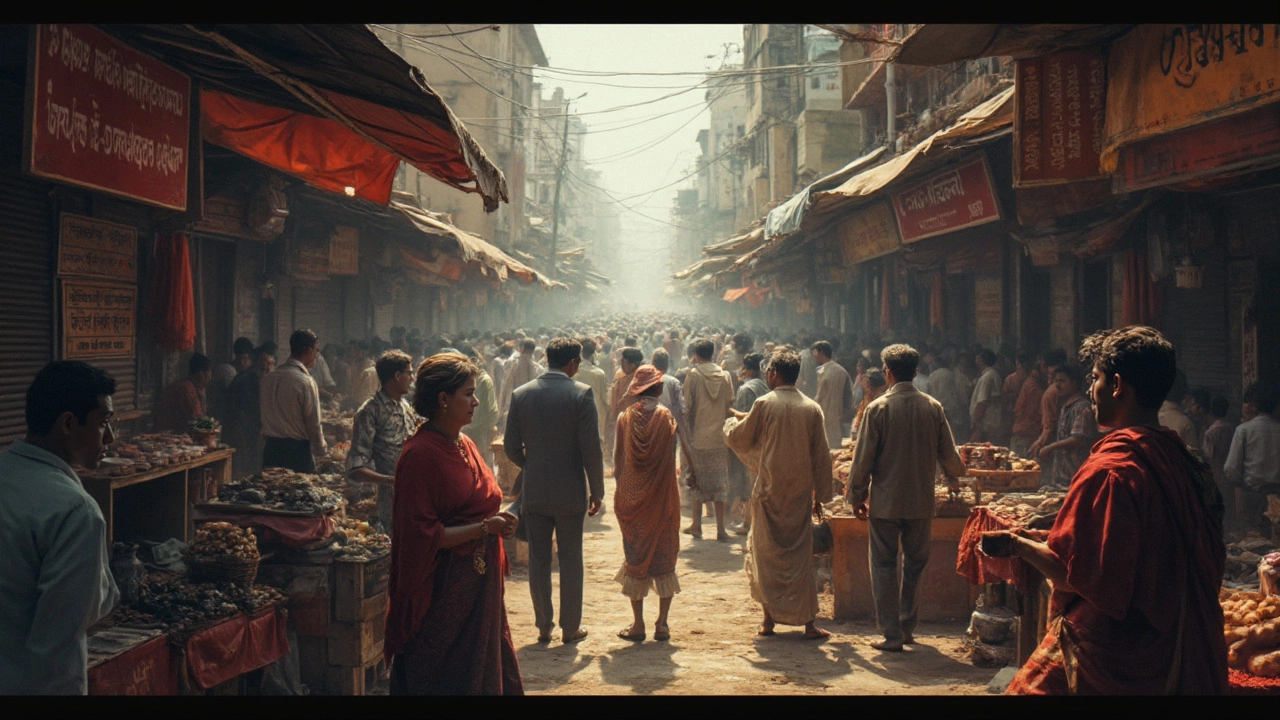RICO Act Explained: Simple Guide to the US Racketeering Law
The RICO Act is a federal law that lets prosecutors go after crime groups, not just the people who pull the crimes. Think of it as a tool that ties together many illegal acts under one umbrella, so the whole operation can be shut down.
It was passed in 1970 to tackle the mafia, but over the years it’s been used against gangs, corrupt businesses, and even some white‑collar fraud schemes. If you hear “RICO” on the news, it usually means a big case where dozens of people are being charged together.
Why the RICO Act matters
What makes RICO powerful is the “pattern of racketeering activity” requirement. Prosecutors have to show at least two illegal acts that are part of the same plan. Those acts can be anything from bribery and extortion to fraud or money laundering.
This pattern rule lets courts treat a whole organization as one defendant. Instead of chasing every single member, a judge can order asset seizure, long prison terms, and even civil damages against the entire group.
Key things to know
First, RICO covers both criminal and civil cases. A civil RICO lawsuit lets victims sue for money they lost because of the illegal activity. That’s why you sometimes see big settlement figures in headlines.
Second, the law isn’t limited to “traditional” mob families. Companies that hide illegal payments, political groups that run a fraud scheme, or even online scammers can fall under RICO if they show a pattern.
Third, the penalties are steep. Convictions can bring up to 20 years in prison per racketeering count, plus heavy fines. Even if you’re not the mastermind, being part of the pattern can land you a long sentence.
Fourth, RICO requires detailed evidence. Prosecutors need to prove the link between the crimes and the organization. That often means wiretaps, financial records, and testimony from insiders.
If you think you might be involved in a RICO investigation, the safest move is to get a lawyer who knows federal criminal defense. They can help you understand the charges, negotiate plea deals, or fight the case in court.
For businesses, it’s a reminder to have strong compliance programs. Regular audits, clear anti‑bribery policies, and training can reduce the chance of slipping into a pattern that might trigger RICO.
In short, the RICO Act gives the government a broad hammer to smash organized illegal activity. It’s not just about mobsters – it’s about any group that runs a repeated crime scheme.
Stay aware, keep your operations transparent, and don’t hesitate to seek legal help if you ever hear RICO mentioned in a case that might involve you.

Understanding the Three Main Types of Racketeering: Organized Crime Explained
Explore the three types of racketeering, their tactics, and real-world examples. Learn how organized crime operates and how the law battles back.